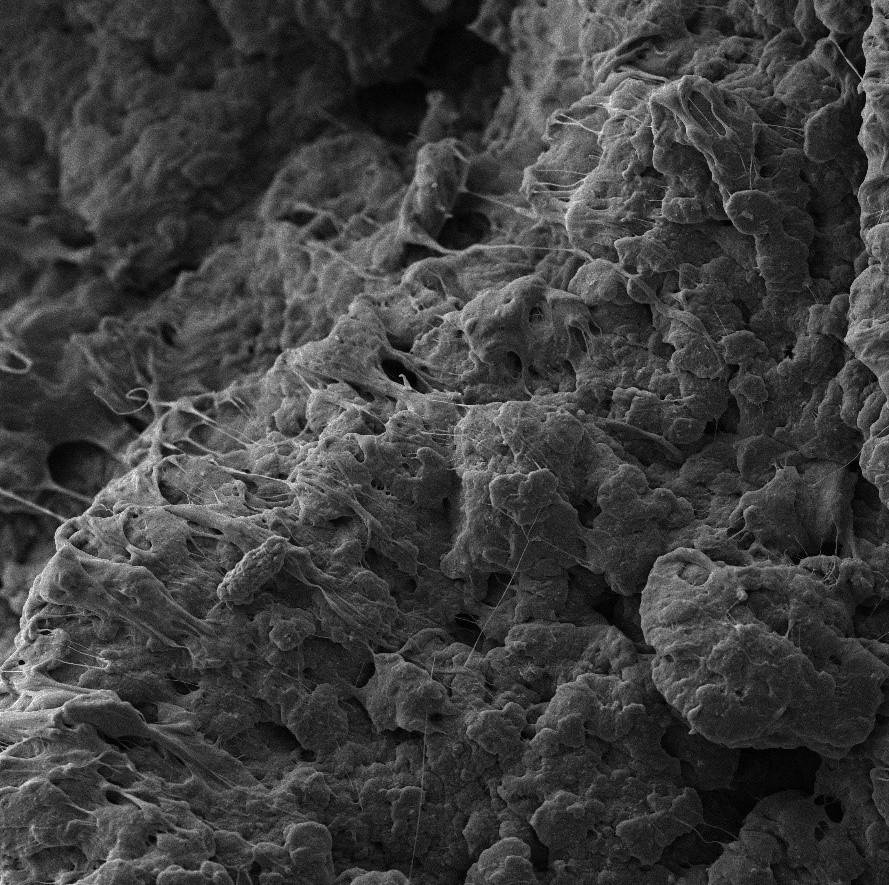Carbon nanotube products


Verpackung
Weithalsdose 0,4 l (bis 100 g)
Weitere Verpackungsgrößen sind auf Kundenanfrage erhältlich


Universelles leitfähiges Additiv auf Basis von Polyolester zur Herstellung von Masterbatches auf Basis von PP, TPU, gefülltem PPS, ABS, PC, PC-ABS, PA, GF PA.
Die resultierenden Masterbatches können zur Compoundierung mit gefüllten Polymeren oder in Kombination mit anderen leitfähigen Füllstoffen eingesetztwerden, um deren Dosierung zu reduzieren und bessere mechanische Eigenschaften / Fließfähigkeit zu erreichen
Werkstoffsystem
Polypropylen, thermoplastisches Polyurethan (TPU), gefüllte Polyphenylensulfid (PPS), Acrylnitril-Butadien-Styrol (ABS), Polycarbonat (PC), ABS-PC, Polyamid (PA), glasfaserverstärktes Polyamid (GF PA)
Arbeitsdosierung
0.5–5 Gew.%
Trägerkonzentrat
Polyolester
Form
Granulat
Benefits
Elektrische Leitfähigkeit
Gewährleistet konstante und gleichmäßige elektrische Leitfähigkeit bei niedriger Arbeitsdosierung
Mechanische Eigenschaften
Erhält die wichtigsten mechanischen Eigenschaften des Ausgangsmaterial
Konstante Eigenschaften
Spezifischer Widerstand ist unabhängig von der Luftfeuchtigkeit
Weniger Ausschuss
Trägt zur Reduzierung von abgelehnten Fertigteilen bei
Anwendungsbeispiele

E-painting
Klicken Sie, um Anwendungsfall anzusehen
Neuigkeiten

31. Oktober
[💡R&D] Easy-to-process flexible thermoelectric materials with robust mechanical properties were developed by researches from National Research Council Canada and Leibniz-Institut für Polymerforschung Dresden. TUBALL–TPU nanocomposite shows ∼7-, 25-, and 250-fold improvements in stiffness, strength, and tensile toughness, respectively. These easily processed, self-supporting, and stretchable materials can be utilized for energy-harvesting modules based on the thermoelectric effect.
Read the article in full here: https://pubs.acs.org/doi/full/10.1021/acsanm.3c03247
Learn more on graphene nanotube uses and applications: https://tuball.com/nanotubes-for?utm_source=facebook+&utm_medium=Post+campaign&utm_campaign=Oct+31%272023
#TEG #composites #TPU
Lesen Sie weiter auf Facebook
13. Juli
[🤔 #Didyouknow?] The first car bumper appeared in 1897 for aesthetic purposes. In 1901, it was redesigned to protect vehicle parts and ensure road safety. Initially made of rubber, most bumpers are now made of plastic. To achieve consistent color, manufacturers prefer to use electrostatic painting for both metallic and plastic parts. To do this, first a conductive primer should be applied on plastic parts to enhance the adhesion of the paint. Graphene nanotubes enable the production of light-gray conductive primers with high transfer efficiency for use in e-painting. This leads to cost optimization and reduced basecoat consumption compared to black primers.
Learn more on graphene nanotubes for automotive primers: https://tuball.com/nanotubes-for/conductive-primers?utm_source=Facebook&utm_medium=Post&utm_campaign=Did+you+know+Primer+July+23
#ElectrostaticPainting #Nanotubes #CarBumper
Lesen Sie weiter auf Facebook
5. Juli
A signal lamp allows a miner to raise an alert and to be found in emergency situations. With graphene #nanotubes incorporated inside the #ABS case, the case of the lamp becomes anti-static, making it safe for use in hazardous areas like coal mines, where flammable gases or combustible dust can accumulate. By preventing the buildup of electrostatic charge, this modified lamp eliminates the risk of sparks and potential explosions.
Learn more on electrically conductive agent for thermoplastics: https://tuball.com/nanotubes-in/thermoplastics
Lesen Sie weiter auf Facebook